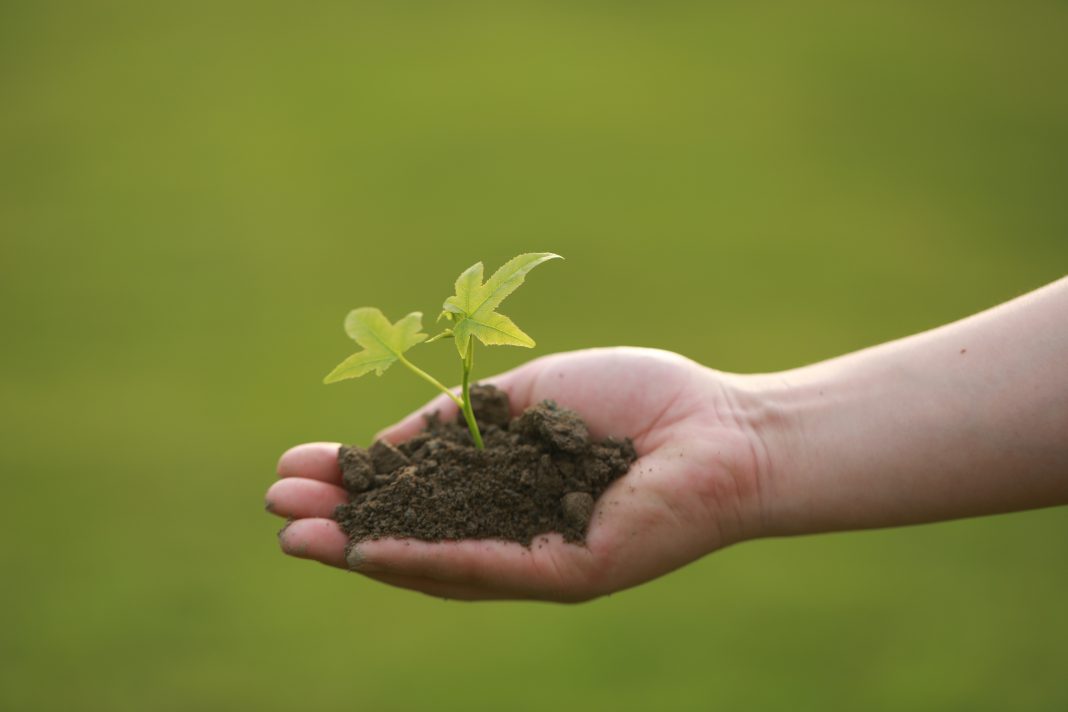Christine Sprunger, an Assistant Professor of Soil Health at Michigan State University explores soil health, arguing “a teaspoon of soil contains more life than there are humans on Earth”
What do you believe is the biggest factor which is deteriorating soil health, on a global and local scale?
This is a challenging and broad question and before I address it, I think it is first effective to define soil health. The Natural Resources Conservation Service, a branch of the United States Department of Agriculture, defines soil health as “the continued capacity of soil to function as a vital living ecosystem that sustains plants, animals, and humans”. Thus, on a global scale there are numerous factors that could potentially threaten these living components, depending on where the ecosystem is. Some of the largest factors that threaten soil health on a global scale include things like land conversion, climate change, and loss of biodiversity. From an agricultural perspective, I would say the largest localised threats to soil health include soil disturbance via tillage and reduced organic matter inputs, leading to overall losses in soil nutrients, reductions in soil biological activity, and decrease soil physical structure.
Is farming and mass agricultural practice contributing to the deterioration of soil?
Conversion of land from natural to agricultural landscapes has long been associated with loss of essential nutrients and soil erosion. This has led to less carbon in the soil and more carbon dioxide in the atmosphere. That said, there are certain sustainable agricultural practices that are effective at enhancing soil health and accumulating carbon. Our paper Sprunger et al., 2020 demonstrates that systems with longer crop rotations and systems under perennial vegetation are more effective at enhancing soil health relative to monoculture annual systems.
How specifically does the deterioration of soil health impact climate change?
Soil health and soil carbon are intricately connected. We can think of soil carbon as almost a master variable of soil health, given its close association with chemical, physical, and biological soil processes. Thus, a decline in soil health generally means a reduction in soil carbon. It is well established that a reduction in soil C means that carbon is being released into the atmosphere as carbon dioxide, ultimately, contributing to climate change. That is why there is such a focus on increasing soil health, it’s important for crop productivity but also plays an instrumental role in soil carbon sequestration, which is critical for climate mitigation within agroecosystems.
What are the best solutions for improving soil health?
Generally, the four principles associated with enhanced soil health include reduced soil disturbance, diversifying soil biota with plant diversity, living roots throughout the year, and year- round ground cover. These traits are most often found in perennial polyculture systems, for more information see: Sprunger et al., 2020 and Sprunger and Robertson, 2018.
Who is most threatened by a lack of soil health and inefficient agroecosystems, and why?
Life on every scale (biota, pollinators, humans—health and economics). A teaspoon of soil contains more life than there are humans on earth. Soils are home to an incredible amount of microorganisms that are the basis of the entire soil food web. As soils become degraded, so too does the diversity of the soil food web. While we are still working to understand how such losses in microbial diversity impact soil function, we generally know that more diversity leads to greater multifunctionality, meaning that a system can provide a multitude of ecosystem services. Reducing soil biodiversity means that systems could provide less overall ecosystem services to other life, including humans.
Where in the world has witnessed the problems of poor soil, do you have any examples or case studies?
Almost every country on planet earth has experienced a period in history where soils were poorly treated, which caused grave consequences for food security. In the United States, the Dust Bowl is likely the most prominent example, whereby the removal of native vegetation and intensive agricultural practices led to historic losses in topsoil that were then further exacerbated by a prolonged drought during the Great Depression. Many farmers had to abandon farmland and move west. The Dust Bowl led to immense poverty in the Midwest.
Another example is the continued loss of arable land in Haiti. Only a small portion of Haiti’s native forests remain. Deforestation and intensive agricultural practices have led to major losses of topsoil. A country that once relied on farming for a livelihood, now deeply struggles with food insecurity.
These two examples demonstrate the importance of soil health and soil organic matter, which we can think of as the foundational building blocks of topsoil. While the two case studies are extreme examples that have also taken place within economic turmoil, these examples serve as a strong reminder regarding the importance of healthy soils. In fact, the Dust Bowl was the catalyst for forming the USDA’s Natural Resources Conservation Service in the United States.

This work is licensed under Creative Commons Attribution-NonCommercial-NoDerivatives 4.0 International.


